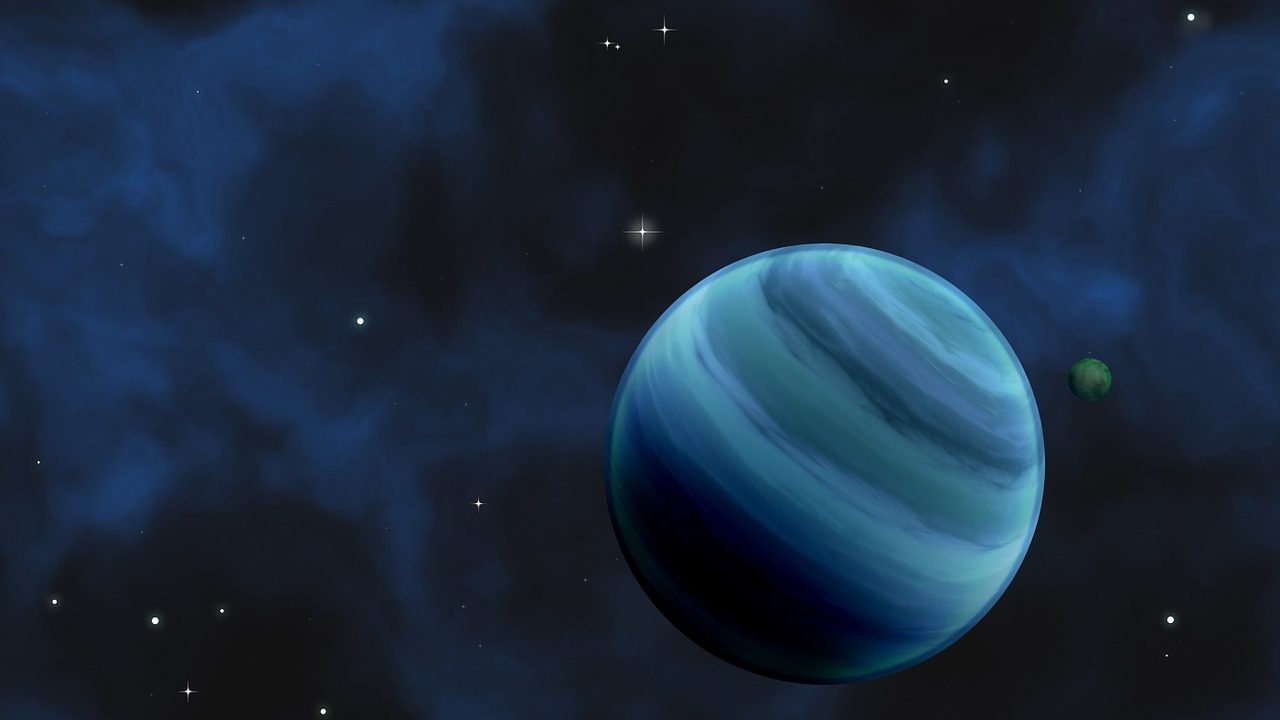Do you wish to get a celestial body named after your favorite hero or sportsperson? You now have a chance to make that dream come true, officially.
The International Astronomical Union (IAU) – the scientific body authorized to name celestial objects – is seeking suggestions from people all over the world to name a select set of exoplanets and their host stars.
Each member country of IAU has been assigned one exoplanet and the star it orbits for the naming process. The naming campaign is part of centenary celebrations of the union which was founded on July 28, 1919.
India has been assigned a white-yellow star in the constellation called Sextans and its Jupiter-like planet for naming. At present, these bodies are known as HD 86081 and HD 86081 b respectively. The contest is open to young people between 10 and 22. The Public Outreach and Education Committee of the Astronomical Society of India is coordinating the campaign in India.
Planets that go around stars other than the Sun are called exoplanets. Although exoplanets may reflect the light of their parent star, they usually appear dim hidden by the glare of the star. It is a daunting task to detect them. Hence, only a few of them have been detected by directly looking through a telescope.
Often exoplanets are inferred from the characteristic periodic dip in the brightness of their central stars when the planets eclipse them as they revolve around them or by looking for wobble, as the planets tug and shake the star from its position like in the case of HD 86081 and HD 86081b.
The new names should be of things, people or places of long-standing cultural, historical or geographical significance, worthy of being assigned to a celestial object. They should not have any relation to any commercial product or politics or religion. The last date for sending entries is August 15. The result is expected to be announced on December 2019.
Outwardly, HD 86081 is just another middling mediocre star, one among the billions of them. With a surface temperature of about 6000 K, it is 1.55 times bigger, 1.21 times massive and 1.75 times brighter than the Sun. However, it is very far away. Light from it takes 310.93 years to reach the earth. Hence, it is visible only through a telescope. It is an aging star. It is 6.21 billion years old, older than the Sun, which is 5 billion years old. Like the Sun, it is also mostly composed of hydrogen and helium.
However, one feature makes it stand out. The spectral lines of this star appear quirky. When astronomers split starlight into rainbow colors using a spectrometer, they see the telltale sign of the elements present in them. Just as each one of us has a distinct voice, each element emits radiation only in a certain frequency. Bright lines of the spectrum occur when the elements are excited and emit light.
Conversely, dark lines appear when elements absorb a specific frequency of the light, leaving a gap in the spectrum. Each element has a specific barcode pattern. Thus, bright and dark spectral lines in the spectrum of a star contain barcodes of various elements, which astronomers tease out to discover the elemental composition of the stars.
The spectral lines of HD 86081 are bizarre. The dark lines of the elements are often not seen in the right place. At times, they are seen slightly shifted towards the blue color and at times towards the red color. At some times, they are also in their proper places.
The method in the madness
Being knowledgeable on the ways of stars, John Asher Johnson, a Californian astronomer, and his colleagues, who have been studying this star, knew what this freakish behavior signifies. Just like the pitch of an ambulance increase as it races towards us, the spectral lines of a star must shift a wee bit towards the blue part of the spectrum if it was moving towards the Earth.
Likewise, just as the pitch of a receding ambulance siren decreases, its spectral lines must move towards red if it is moving away. If the star was almost stationary relative to the Earth, then the spectral lines must be unchanged and appear where it must be. Called Doppler effect, red and blue shifts of spectral lines reveal imperceptible motions of stars.
The spectral lines of the weird HD 86081 shift towards blue and red periodically, implying that the star is alternately moving away and towards the Earth. Imagine the star going in a circle. As it moves along a loop, it will appear to be moving towards us along one half of the circle and away from us during the other half. When the star is midway between these two, it would momentarily appear to be stationary. Thus, Johnson and his team concluded that HD 86081 is wobbling like a tipsy drunkard.
Dancing to whose tune?
But, why is the star going round and round in a circle? That is because a star cannot remain stationary if a giant planet orbits around it. The star pulls the planet and the planet, in turn, tugs it, making the two kinds of dance around. This makes the star wobble in a small circle or ellipse around its center.
Considering this, Johnson and his team concluded that the massive star should have an invisible companion planet that is moving around it. This discovery lifted it from being a nondescript star to a hot topic. Johnson and his colleagues announced their discovery on April 17, 2006, in a paper published in the Astrophysical Journal. The exoplanet was named HD 86081b as per convention. Its mass was estimated to be 1.5 times that of Jupiter and it was estimated to be going around the star in near-circular orbit of just 2.1375 earth days.
In ancient times, every bright individual star visible to the naked eye was named. The advent of the telescope revealed millions of stars, making it impossible to name each of them. Thus in modern times, astronomers gave up naming individual stars or the exoplanets going around them. Instead, they bring out star catalogs. For example, HD 86081 implies it is the 86,081st entry in the Henry Draper Catalogue of stars.
If you liked this article, then please subscribe to our YouTube Channel for the latest Science & Tech news. You can also find us on Twitter & Facebook.



